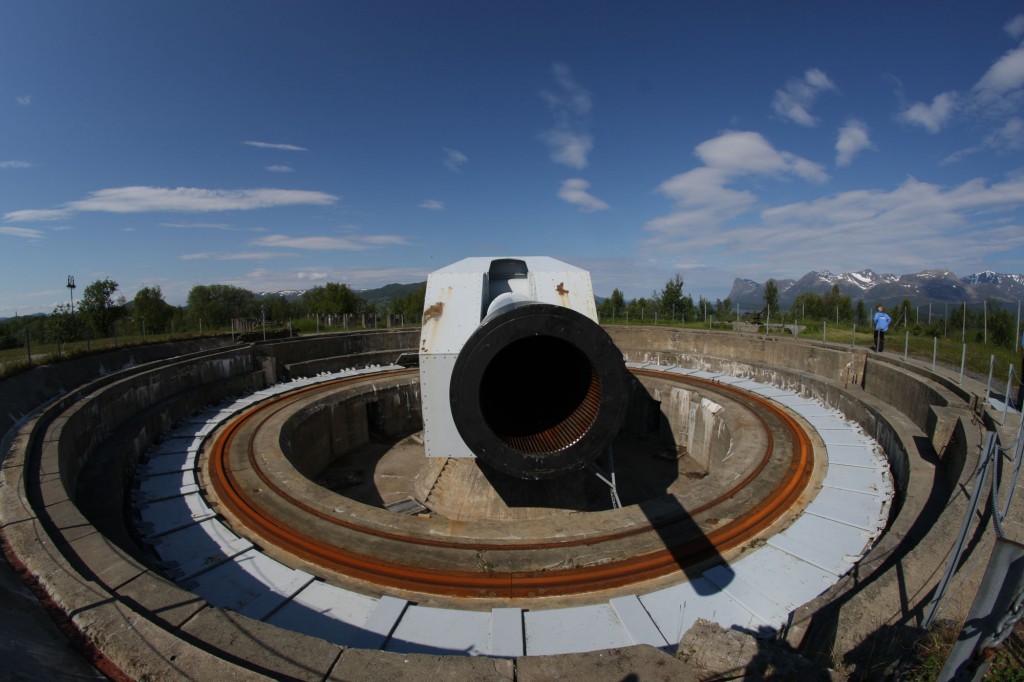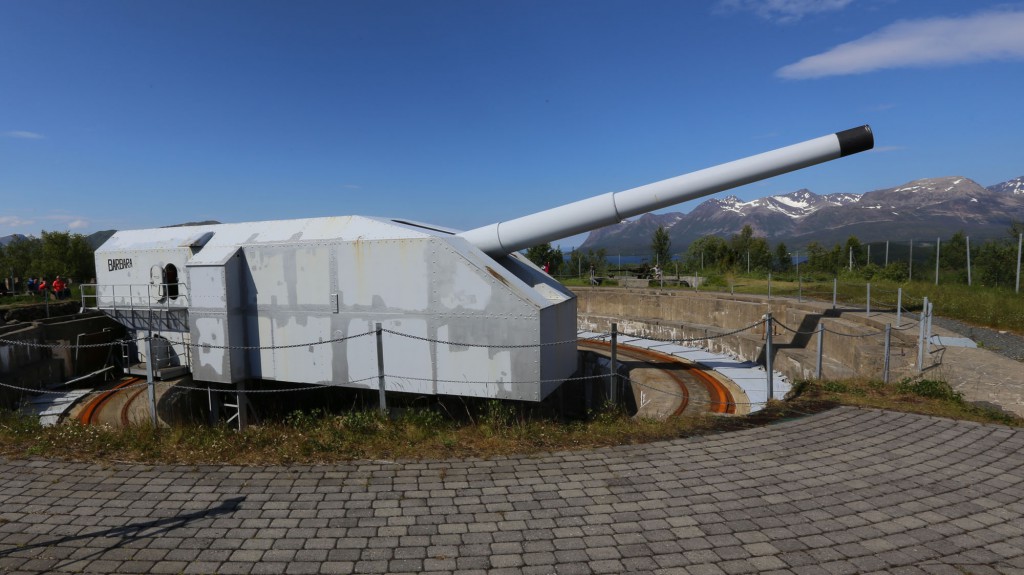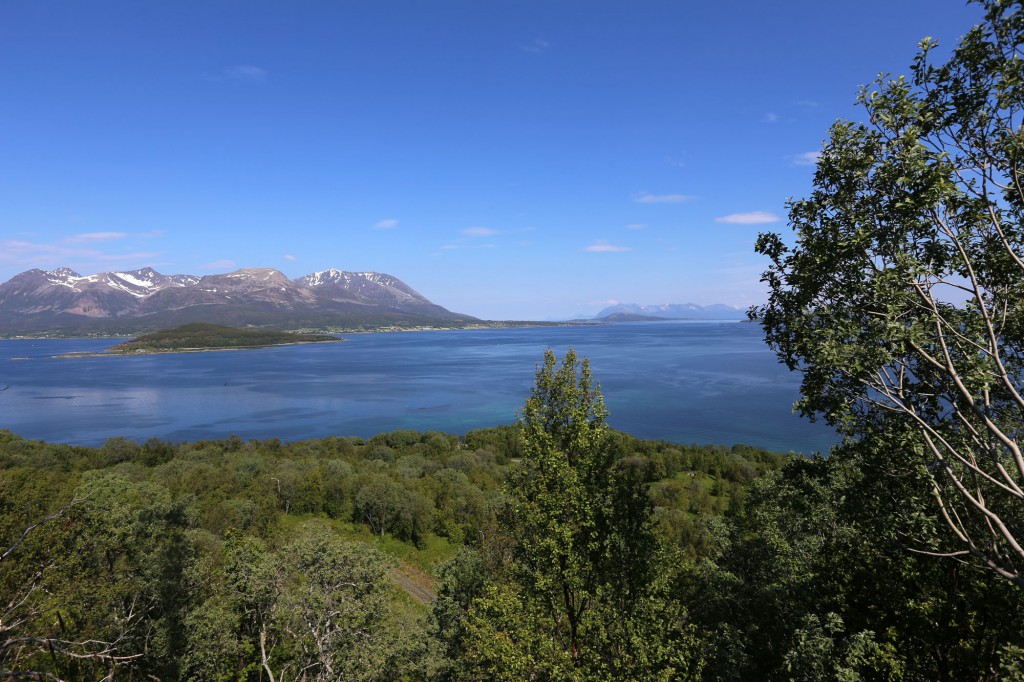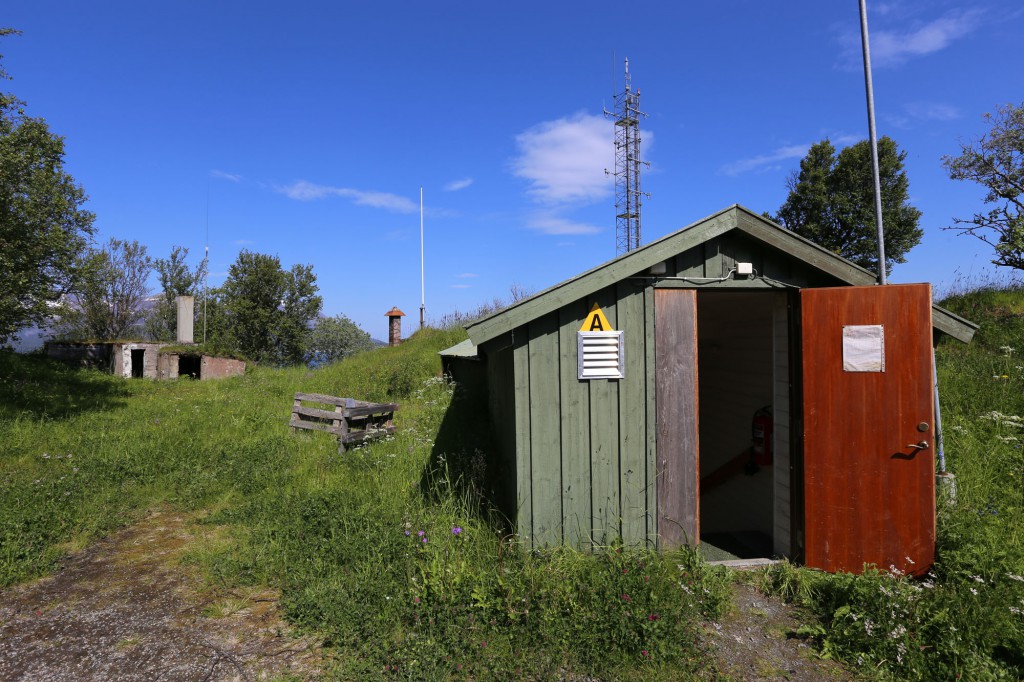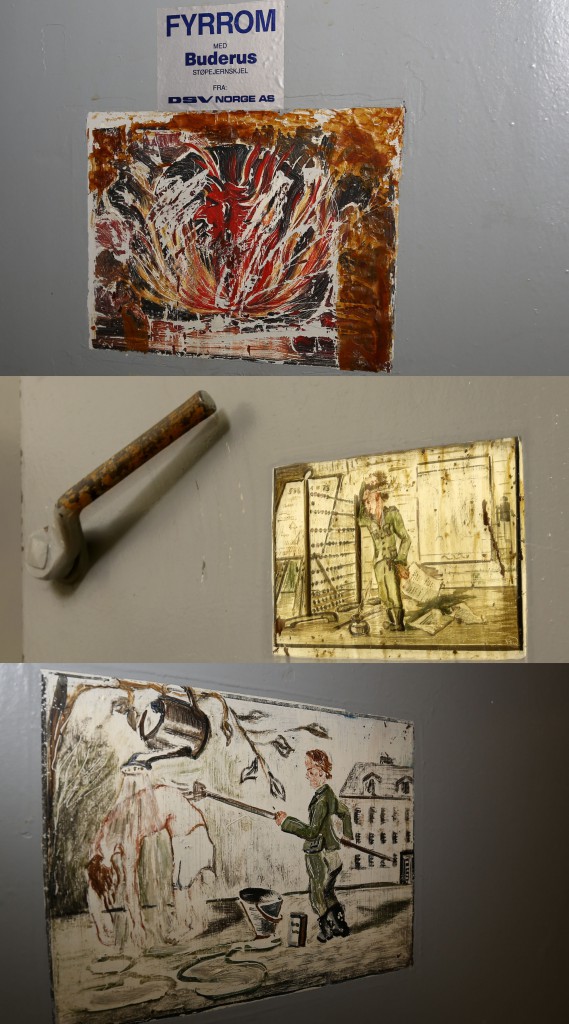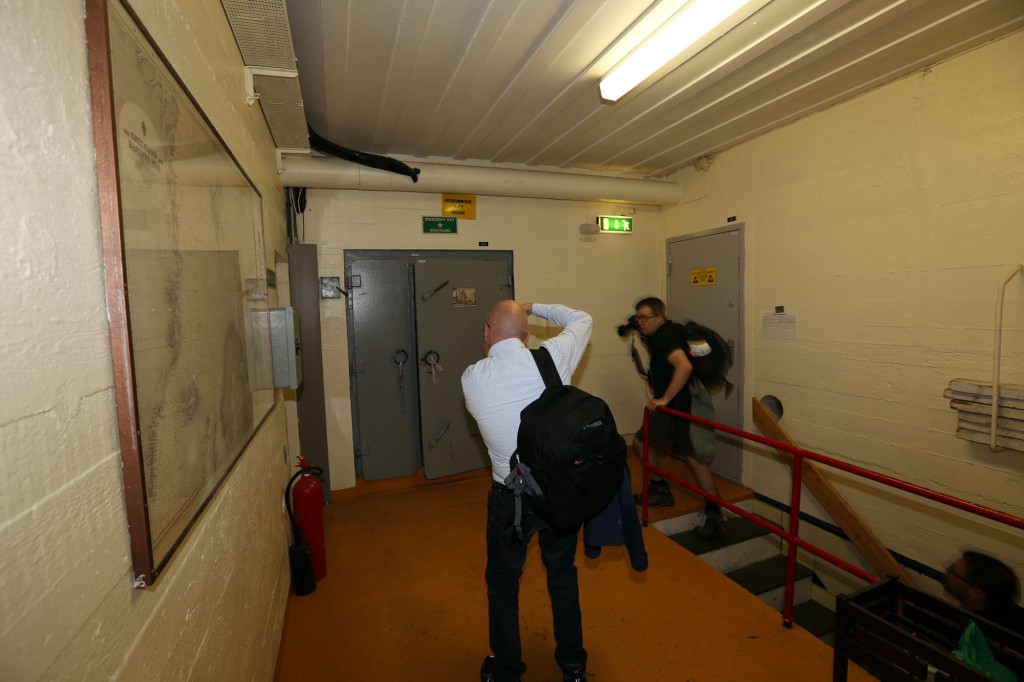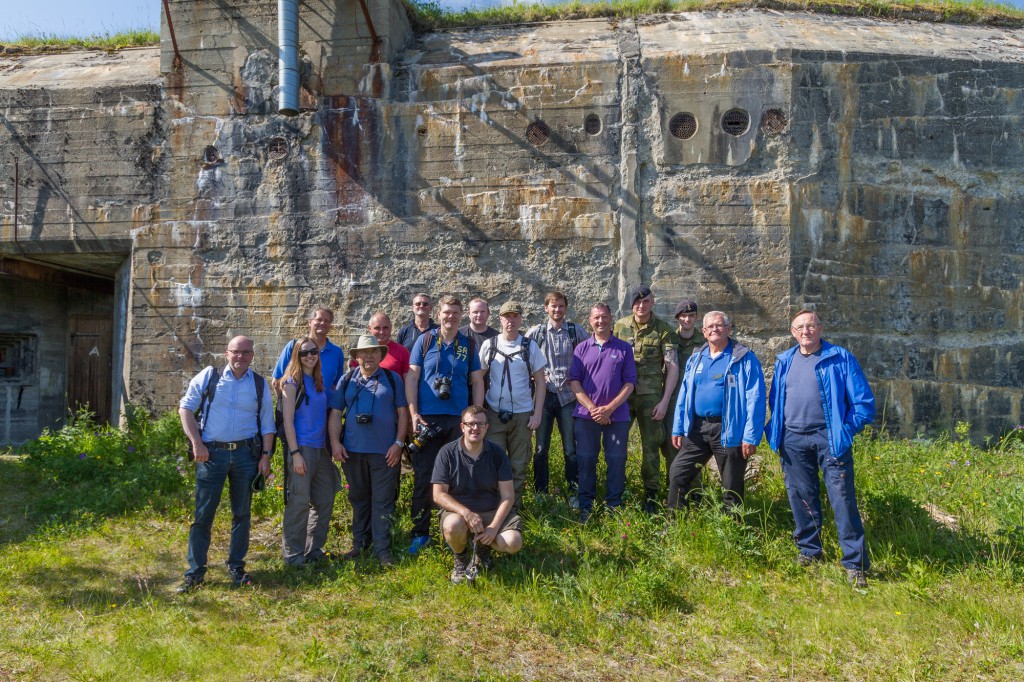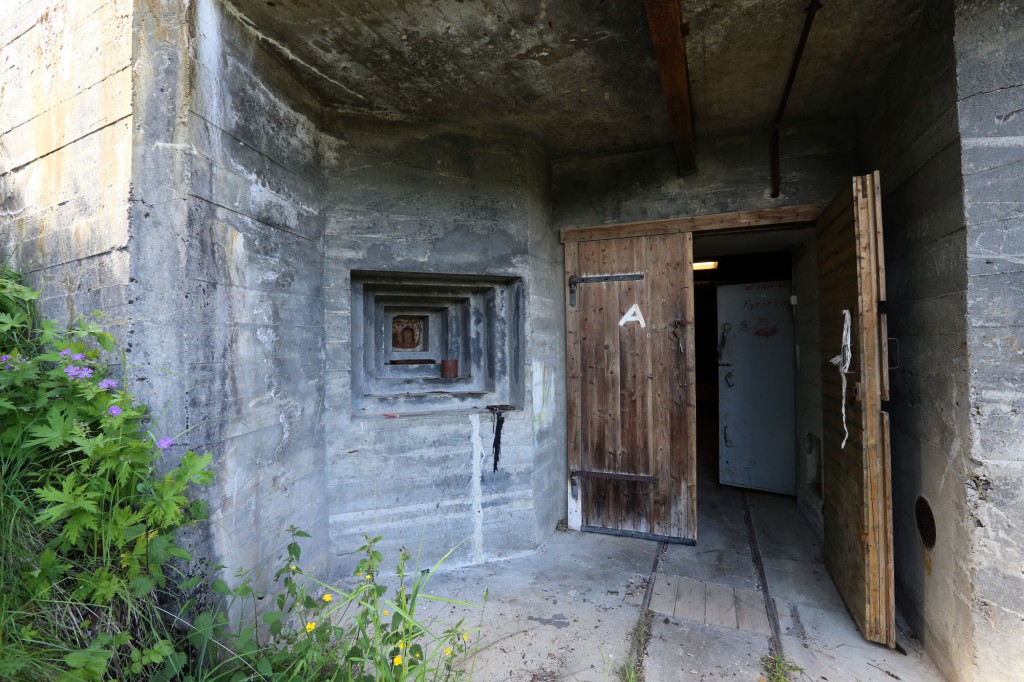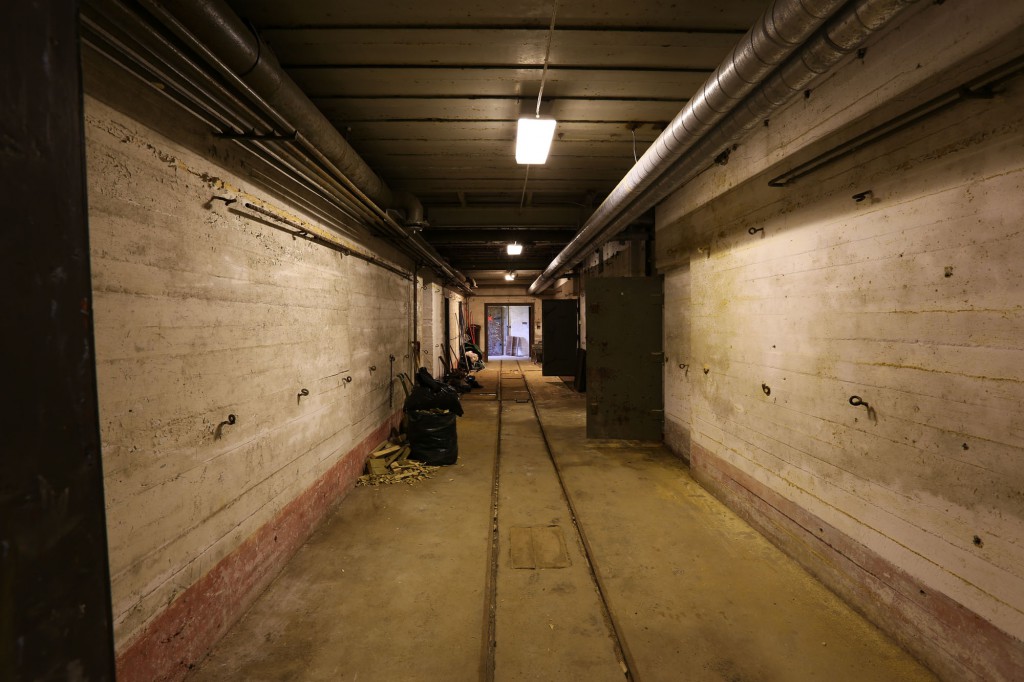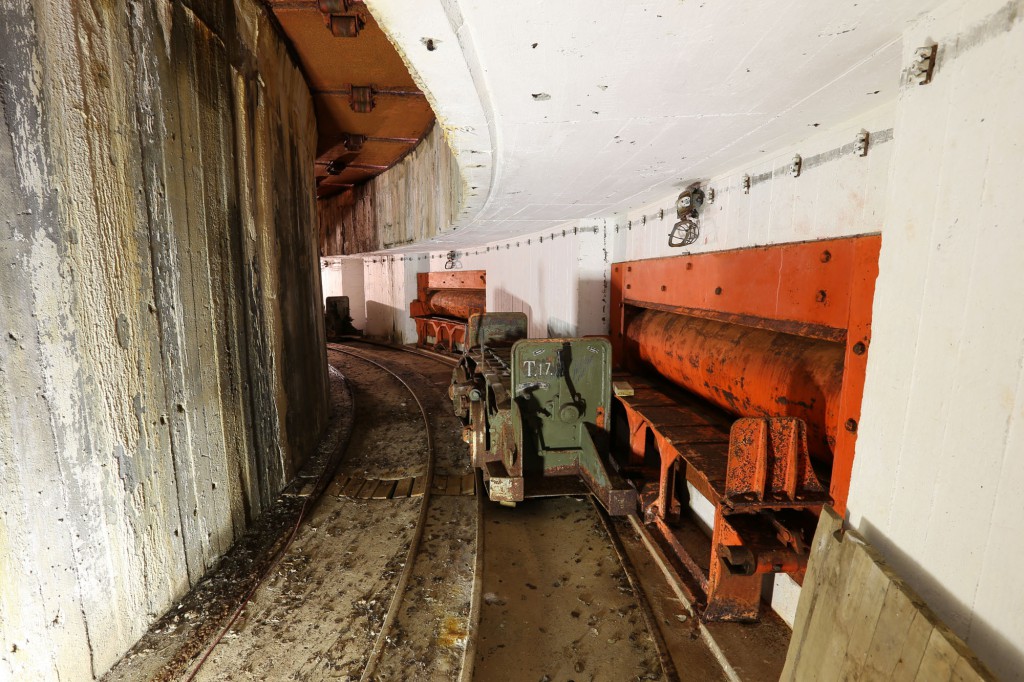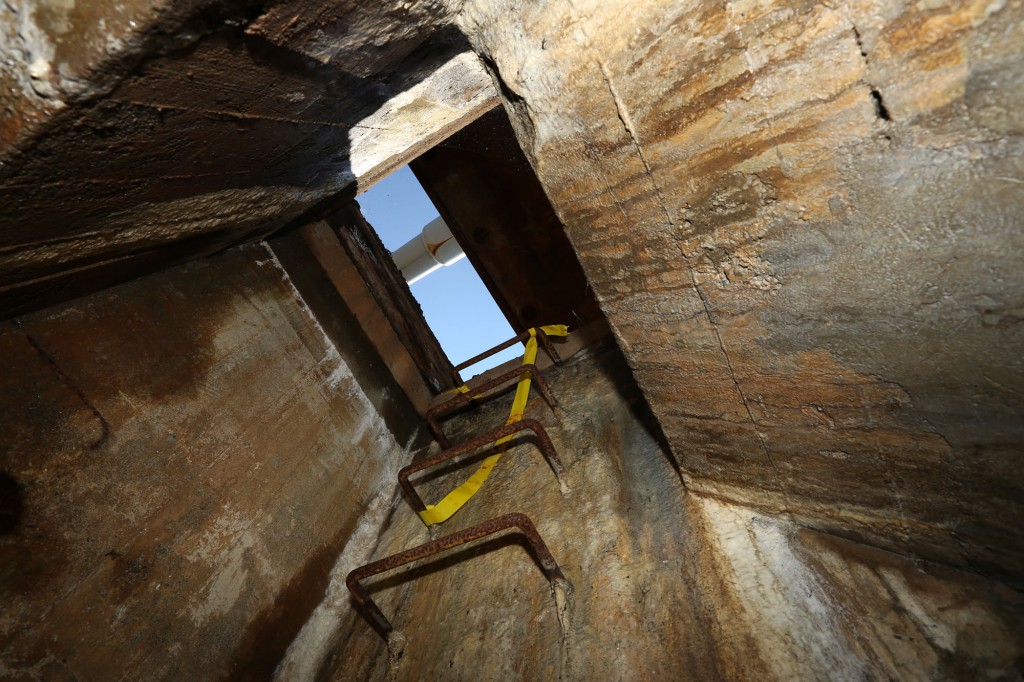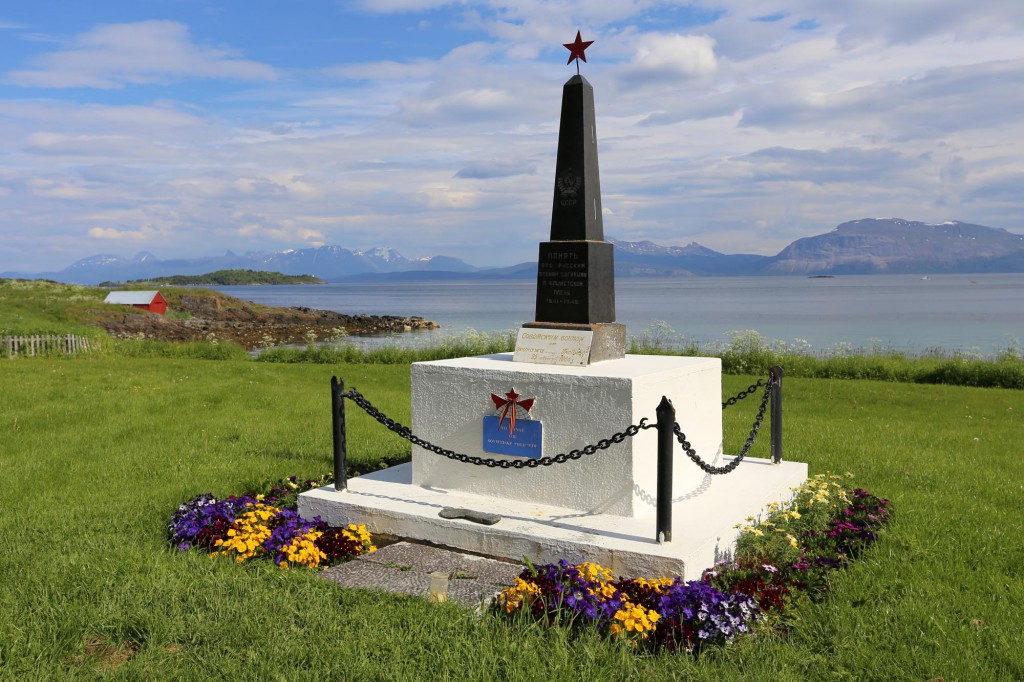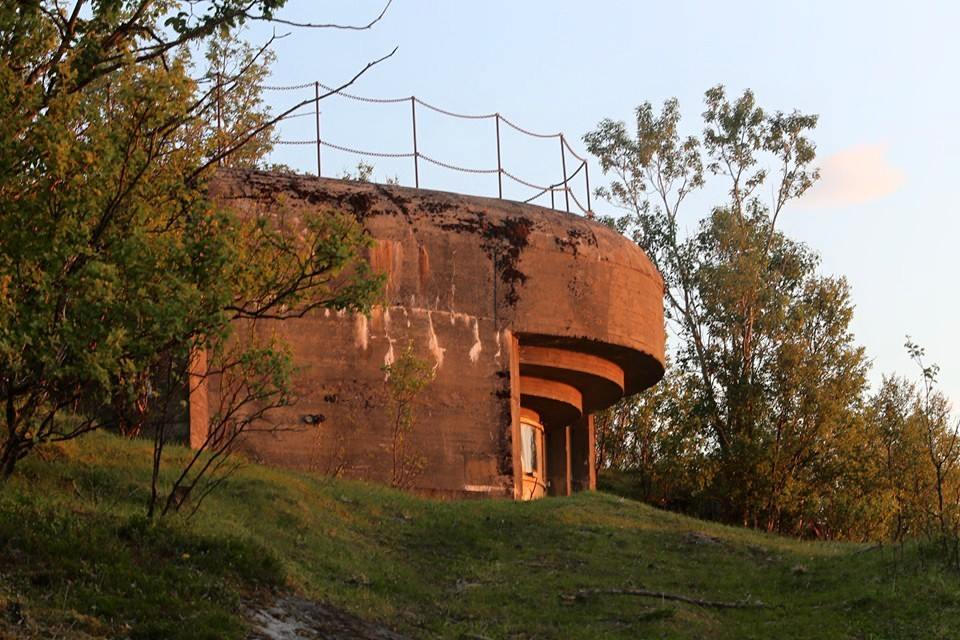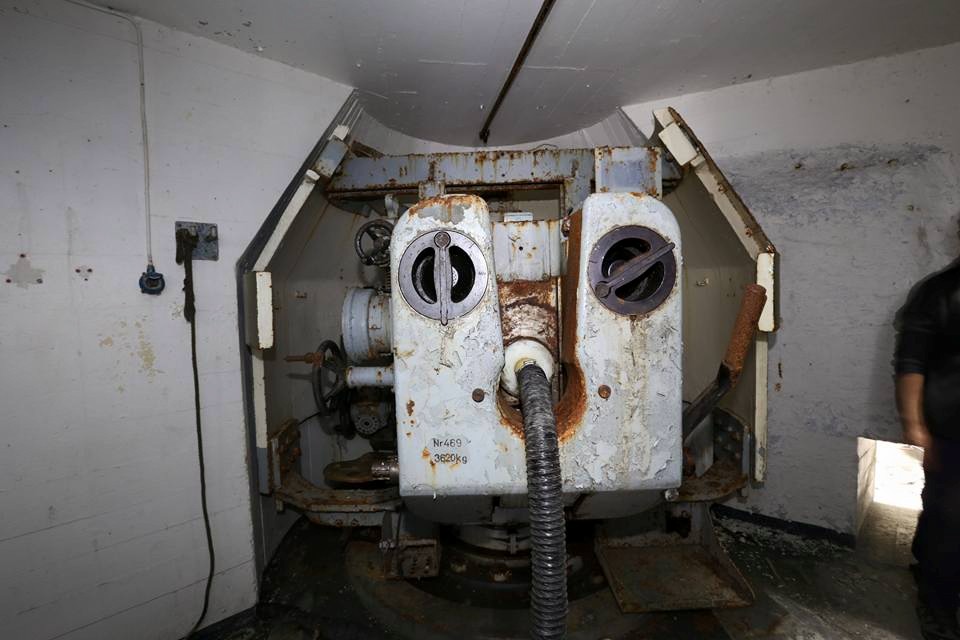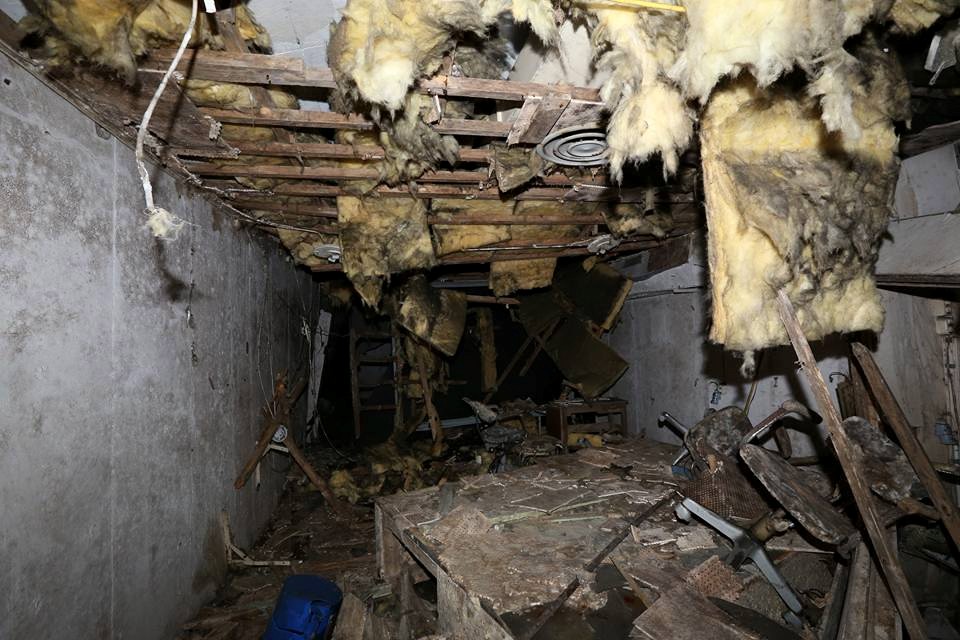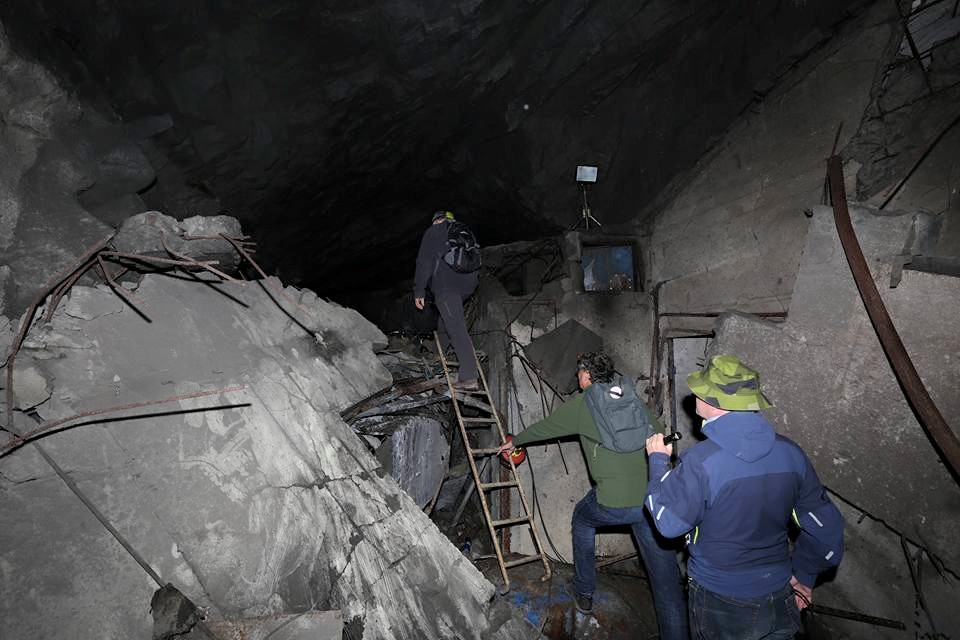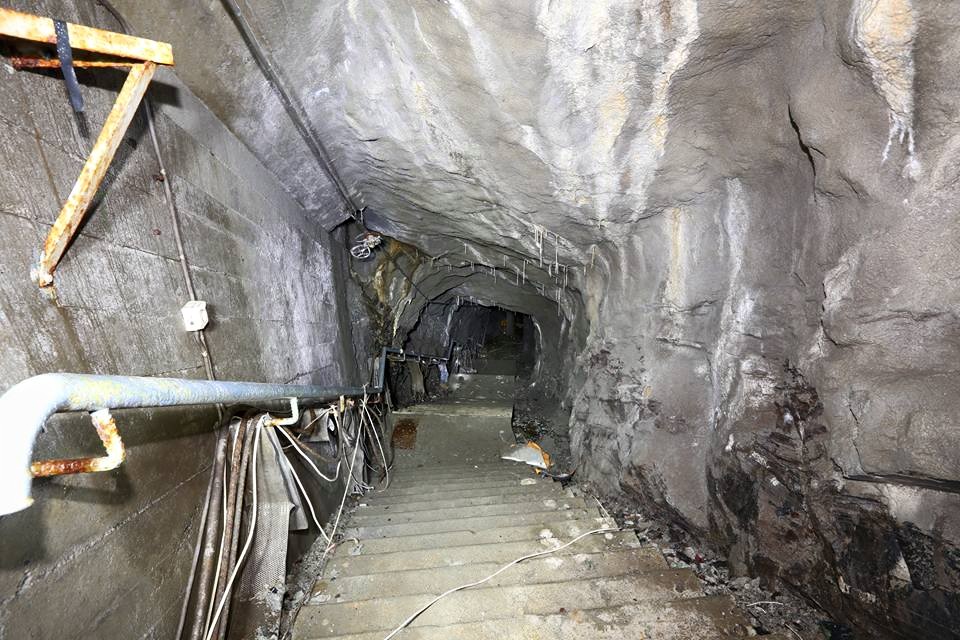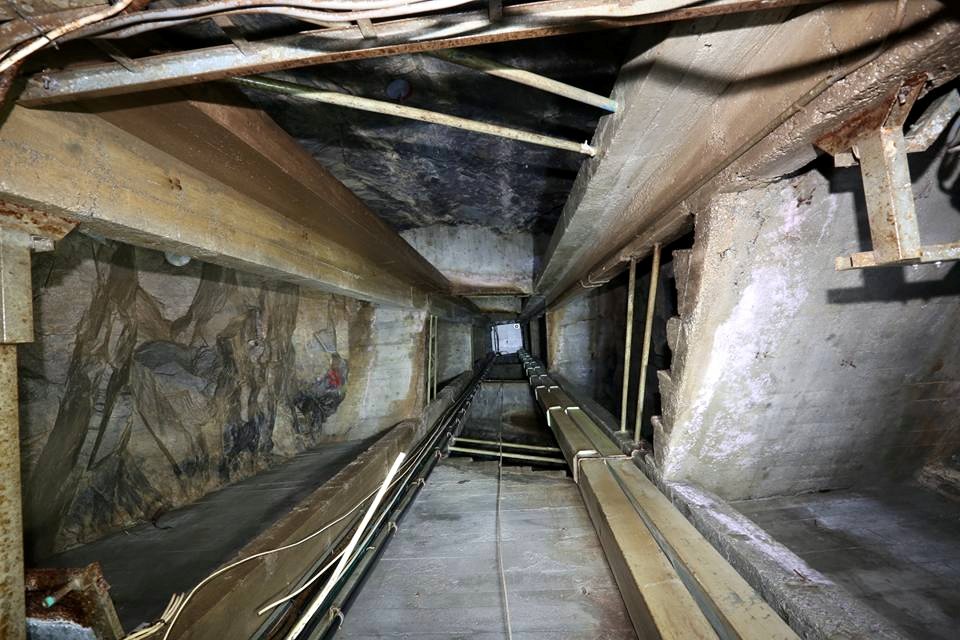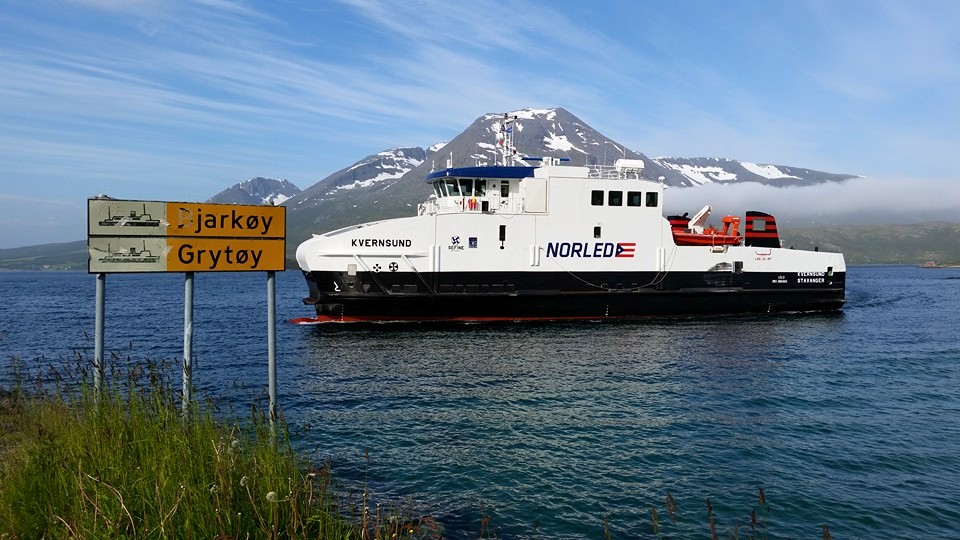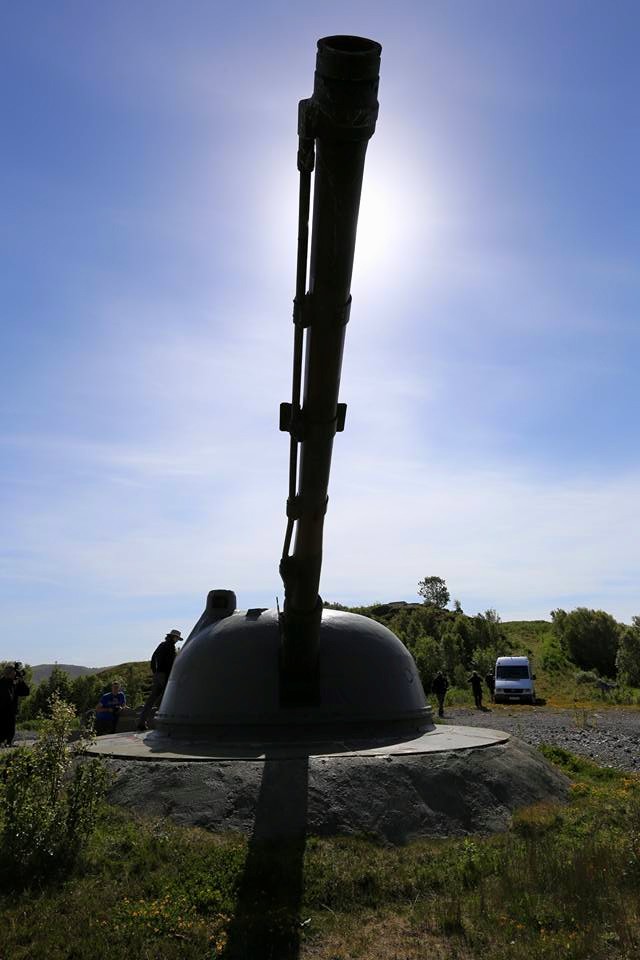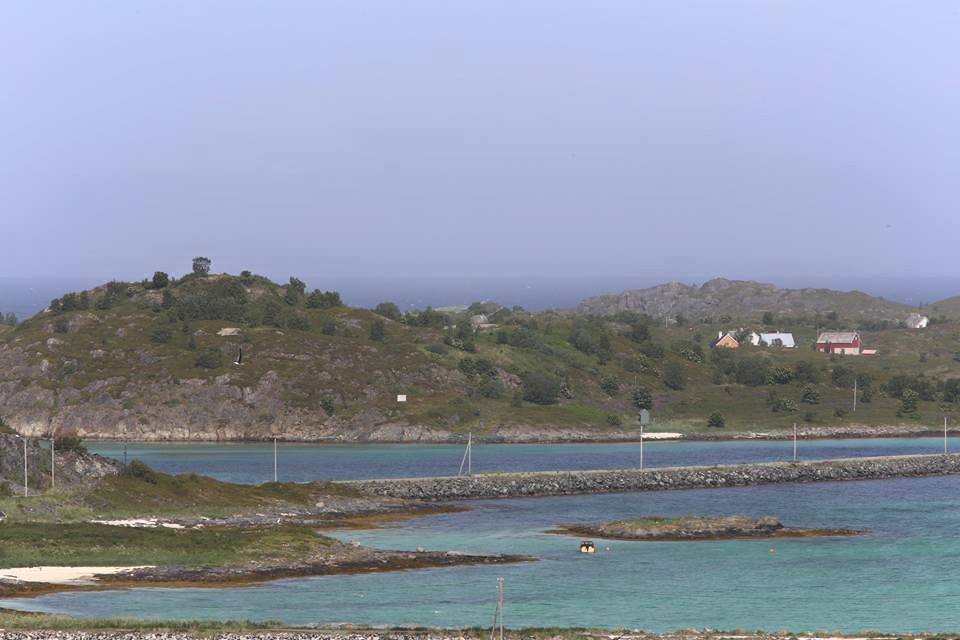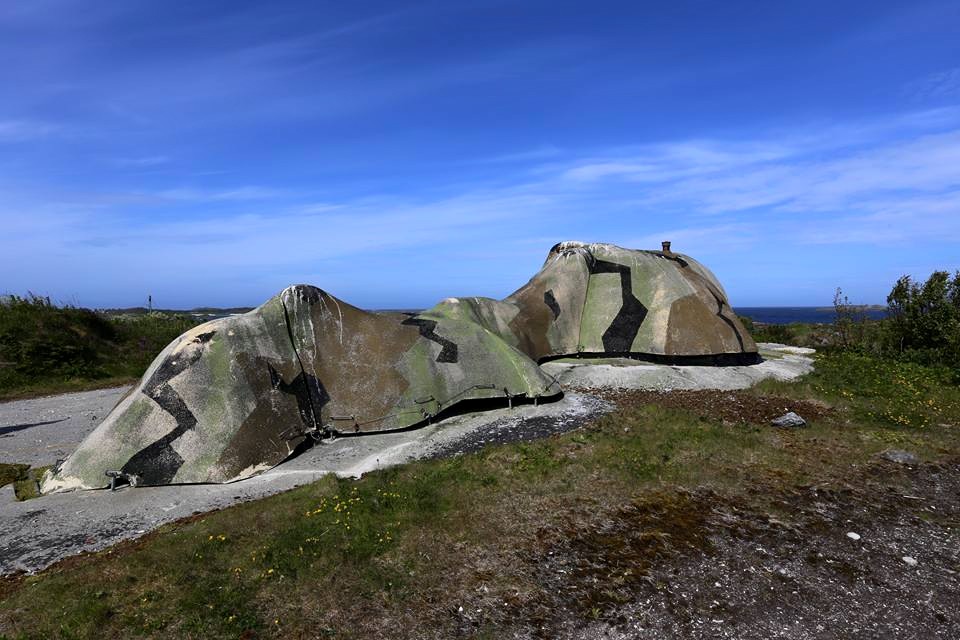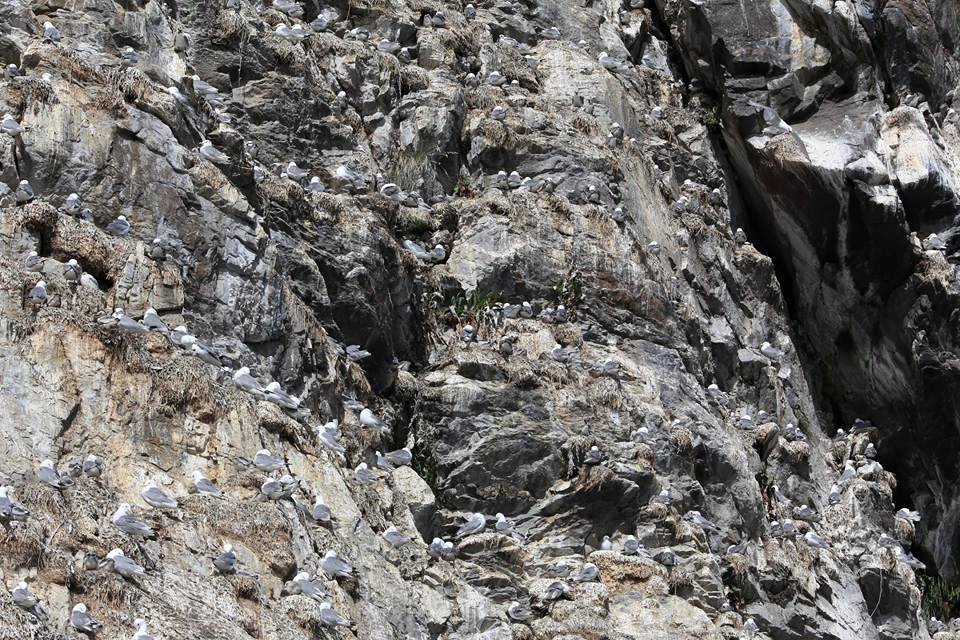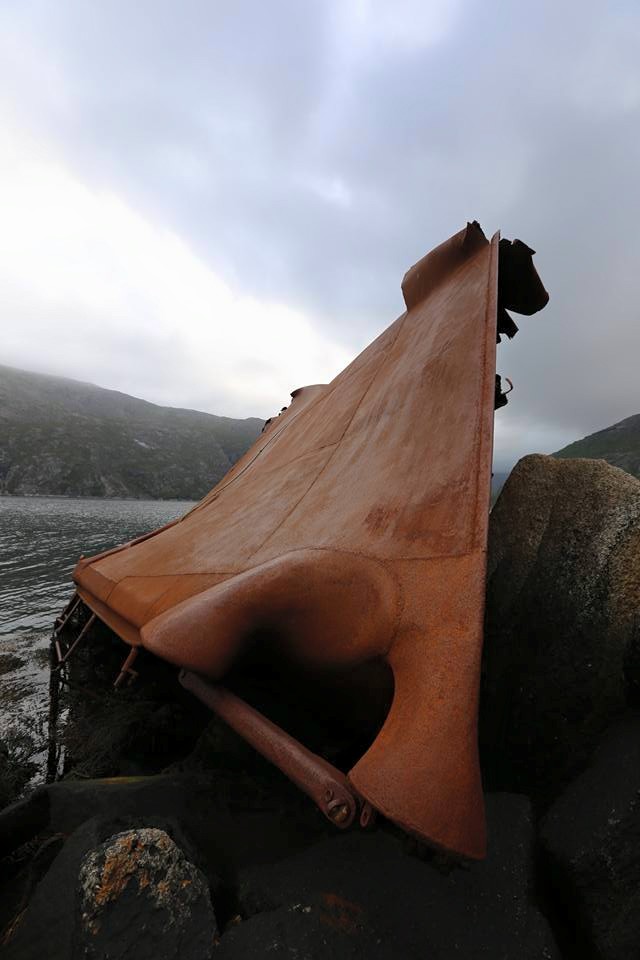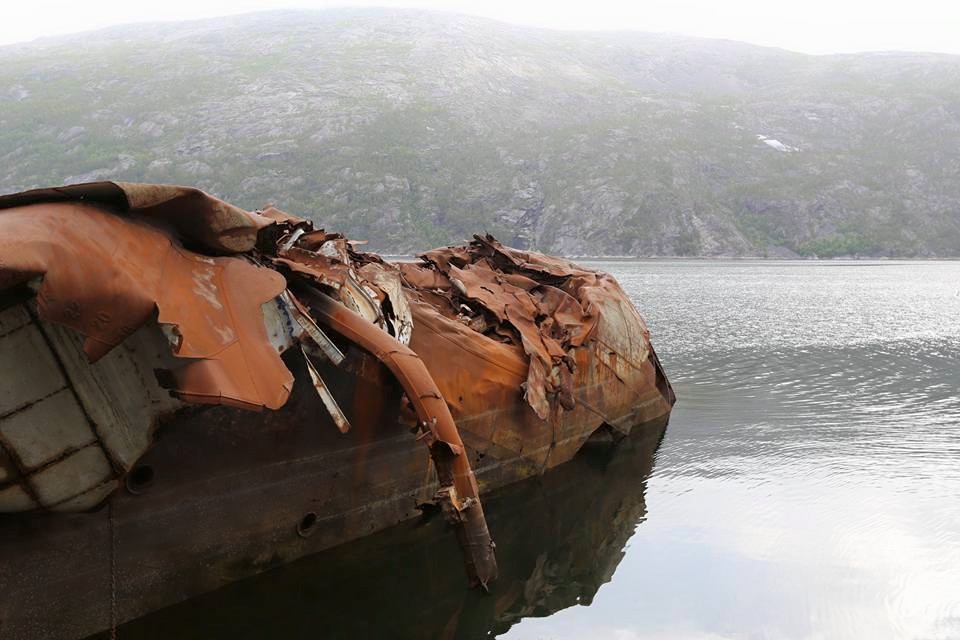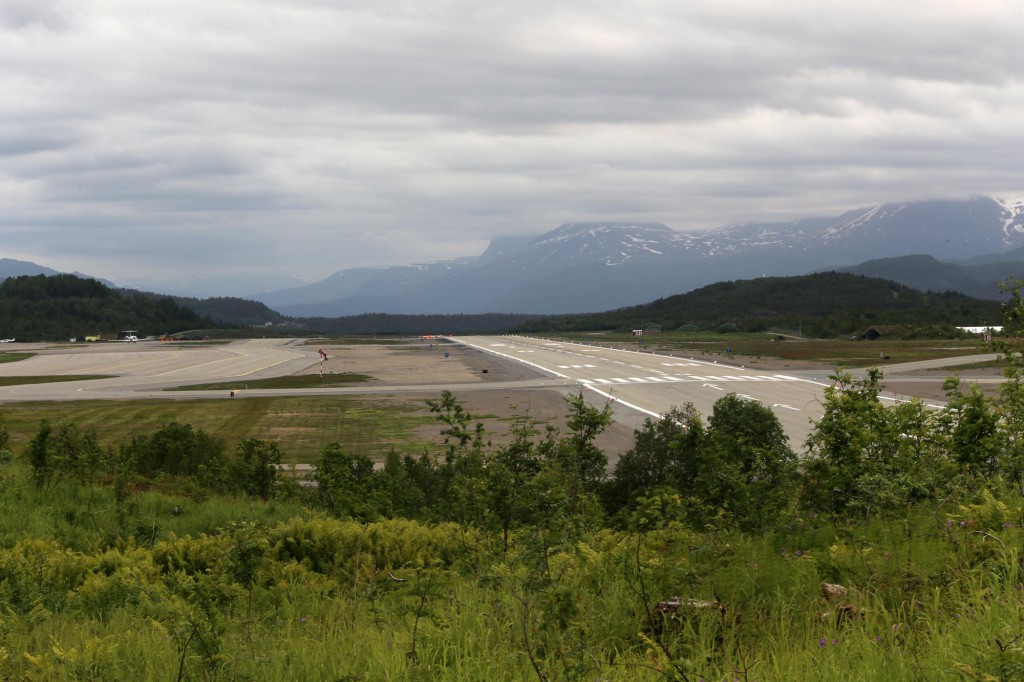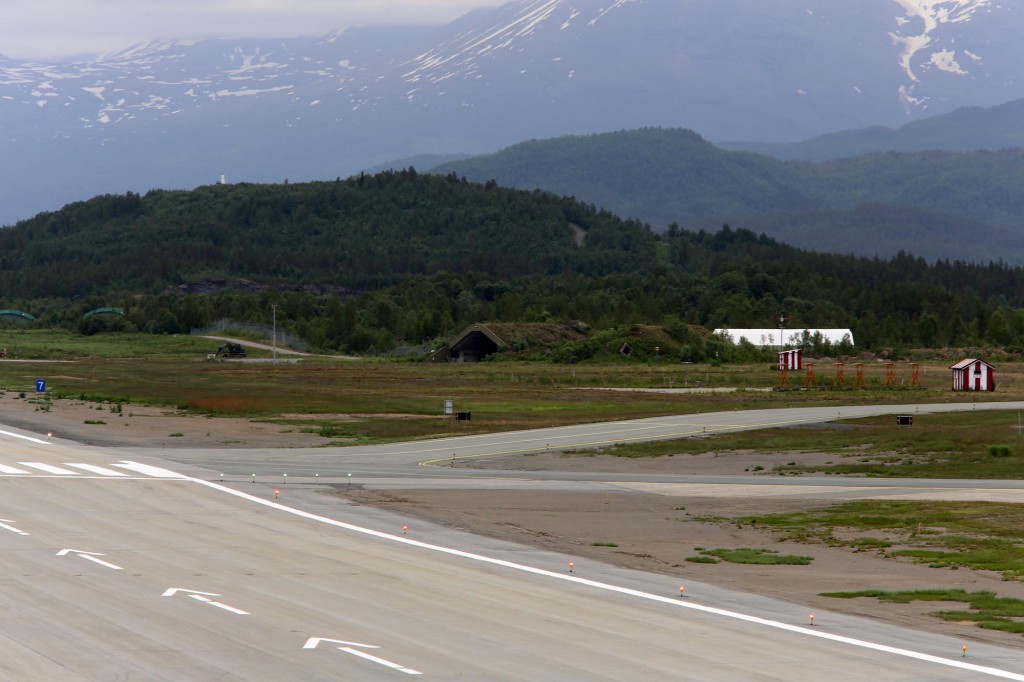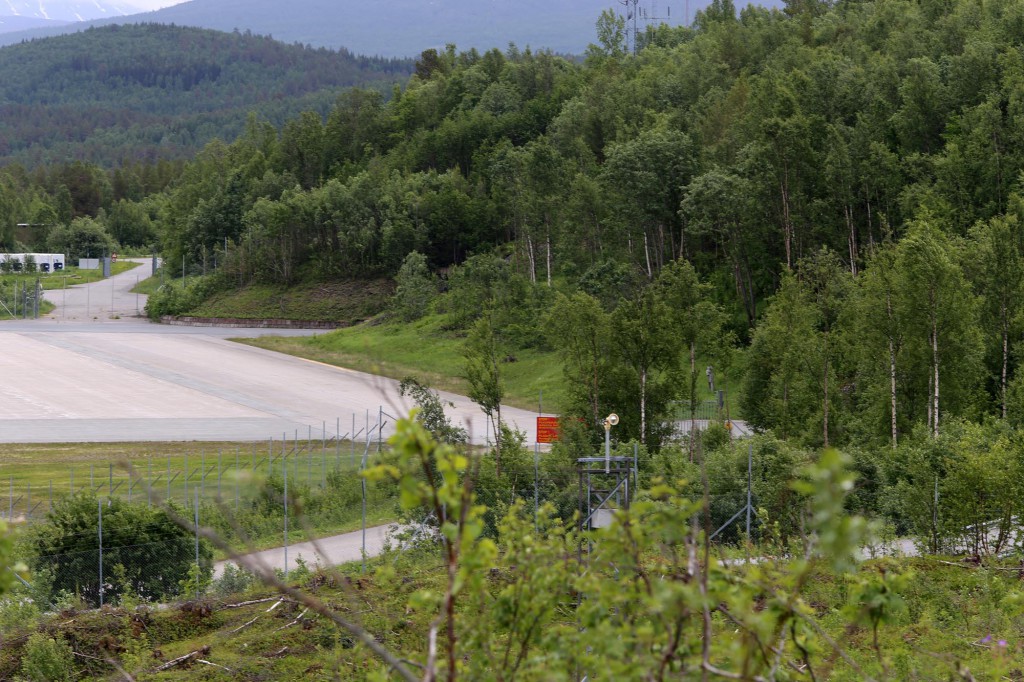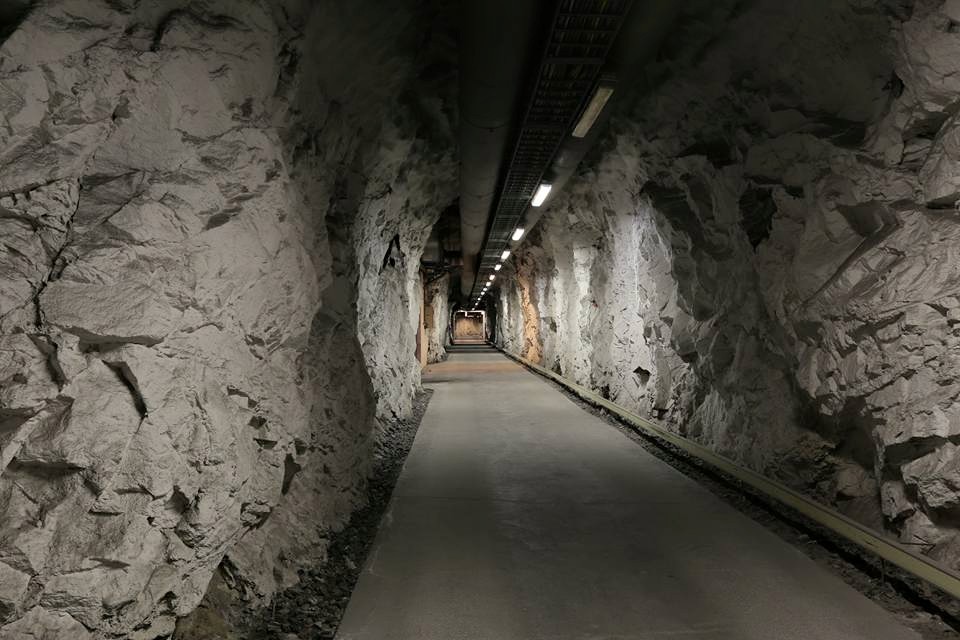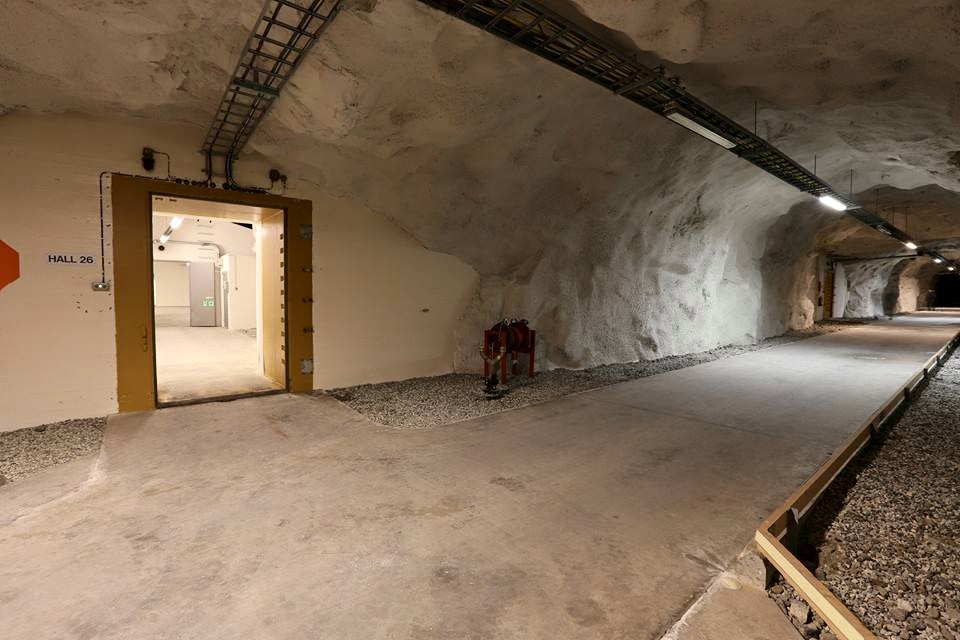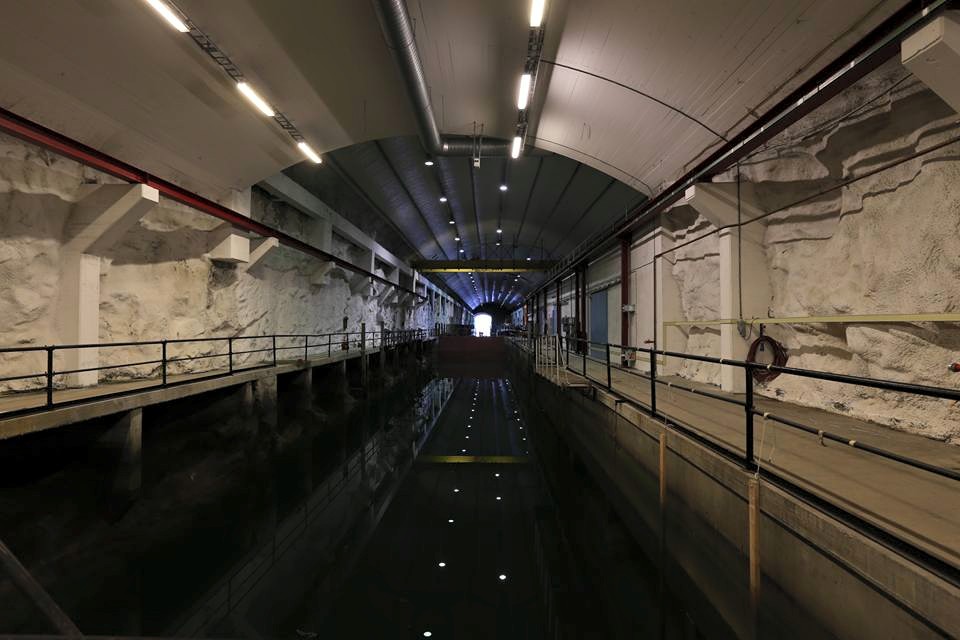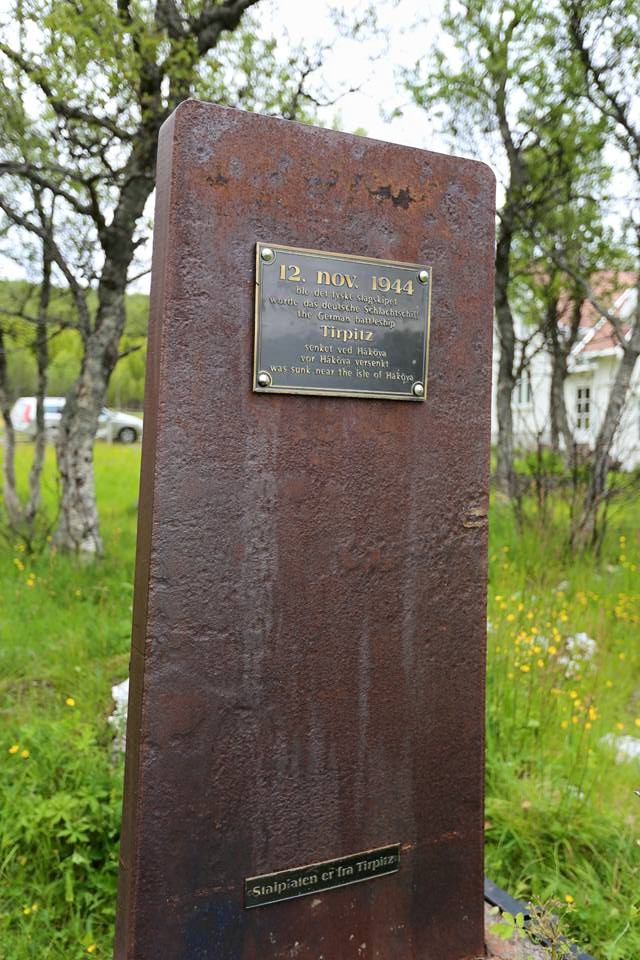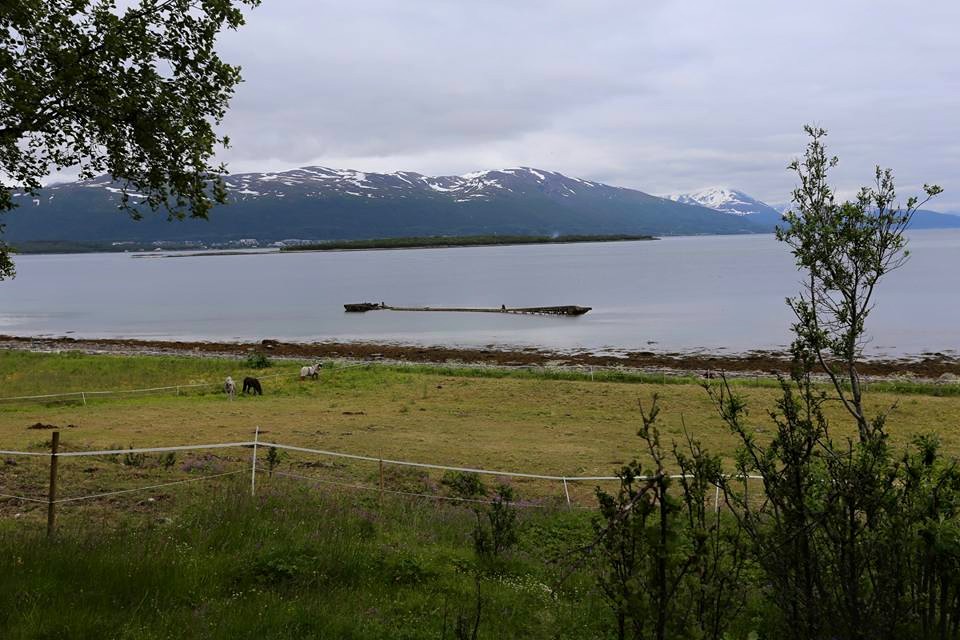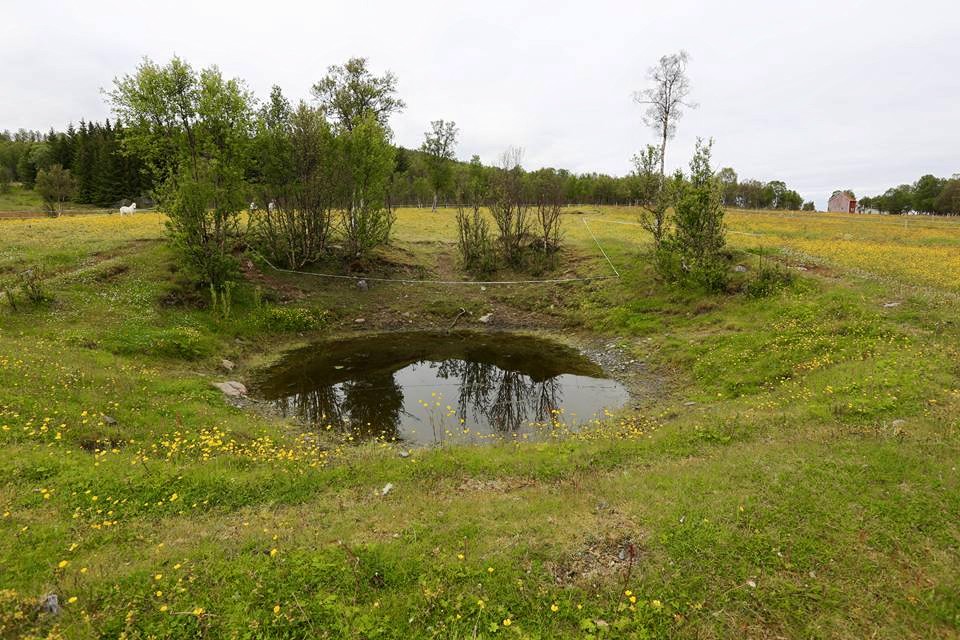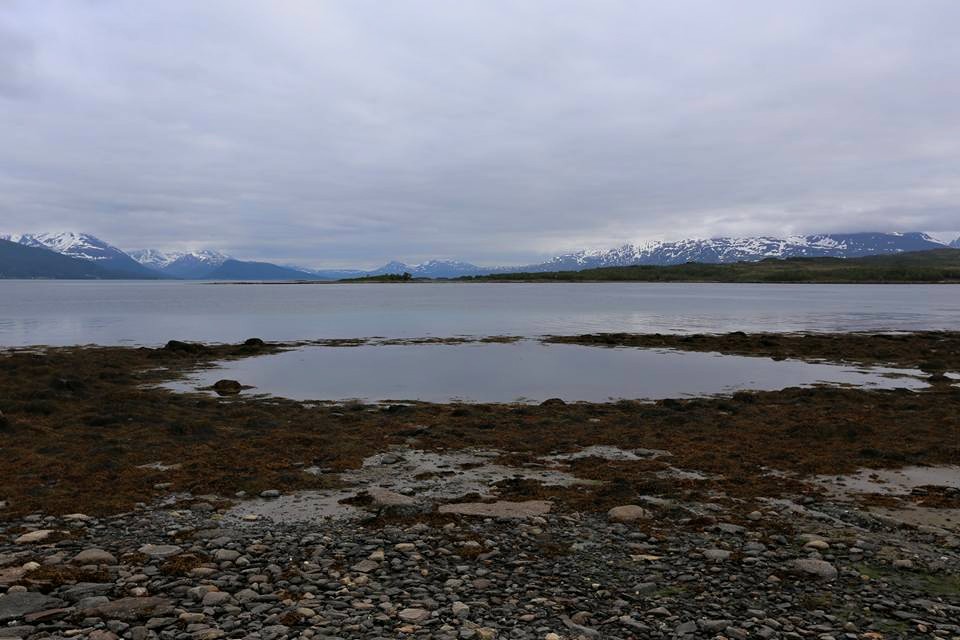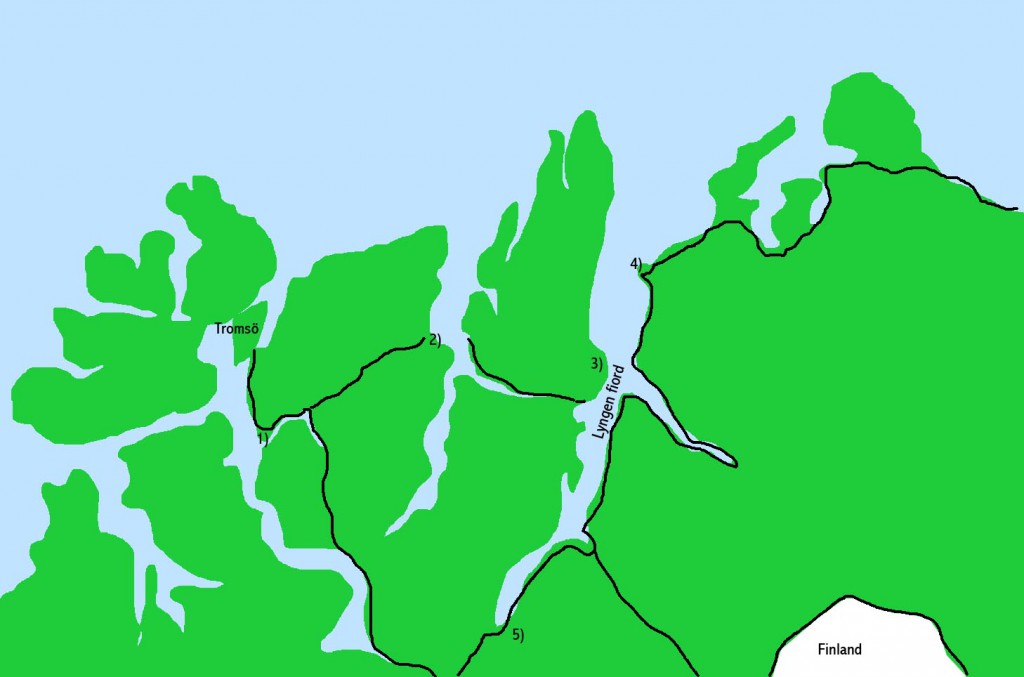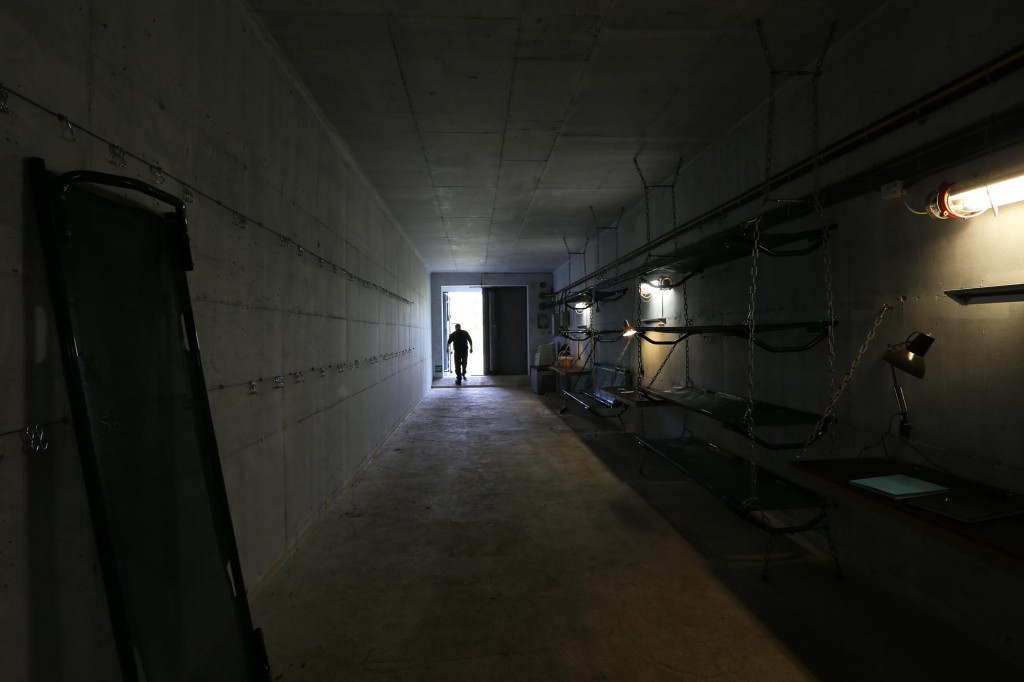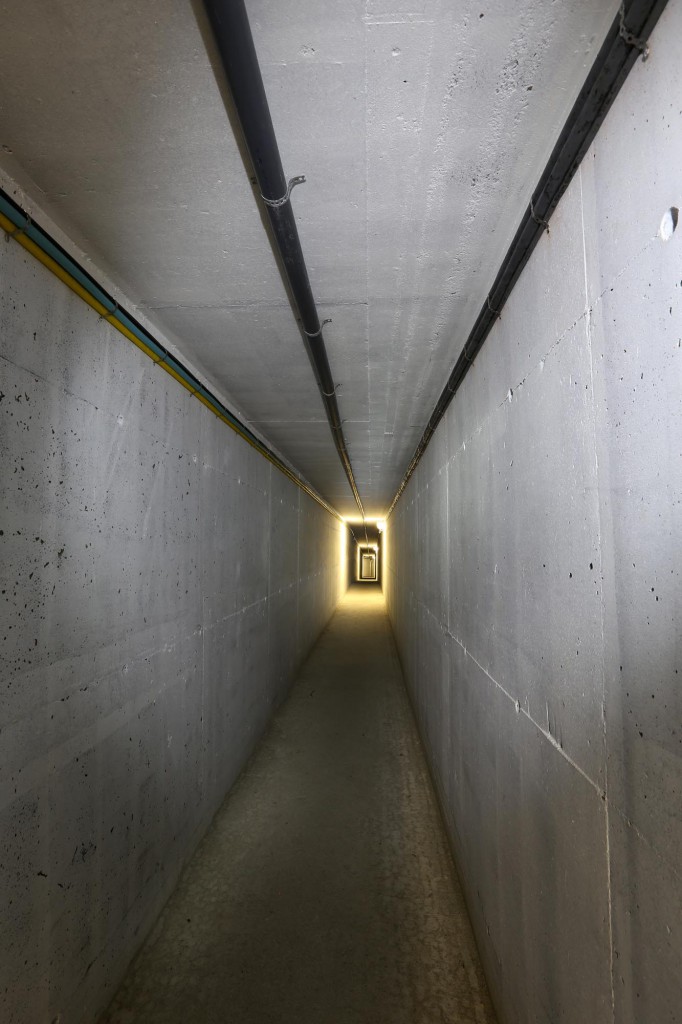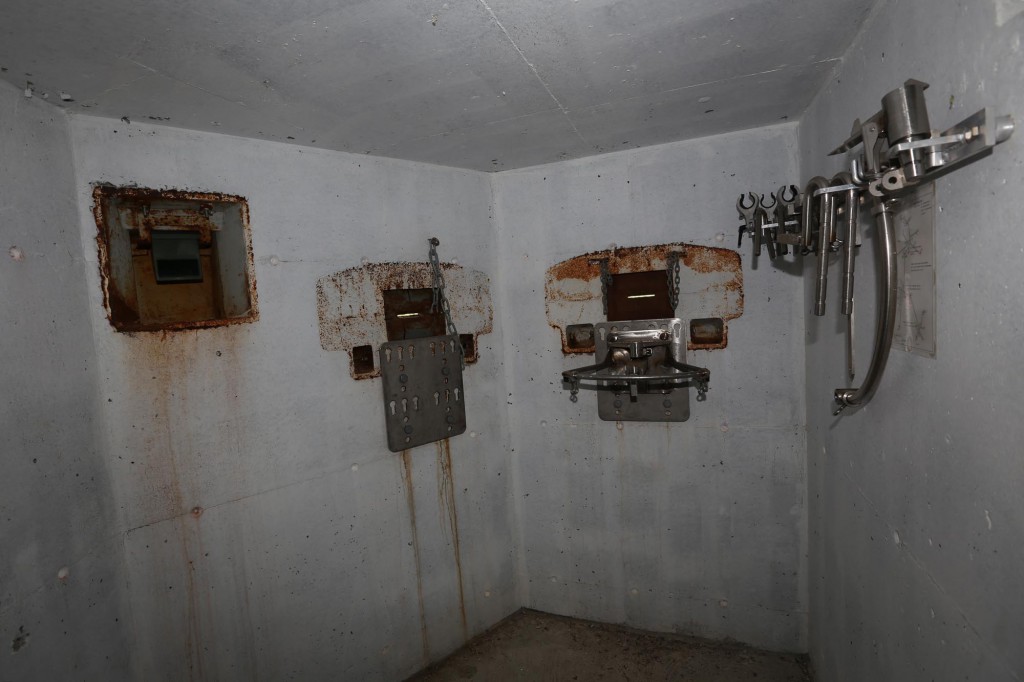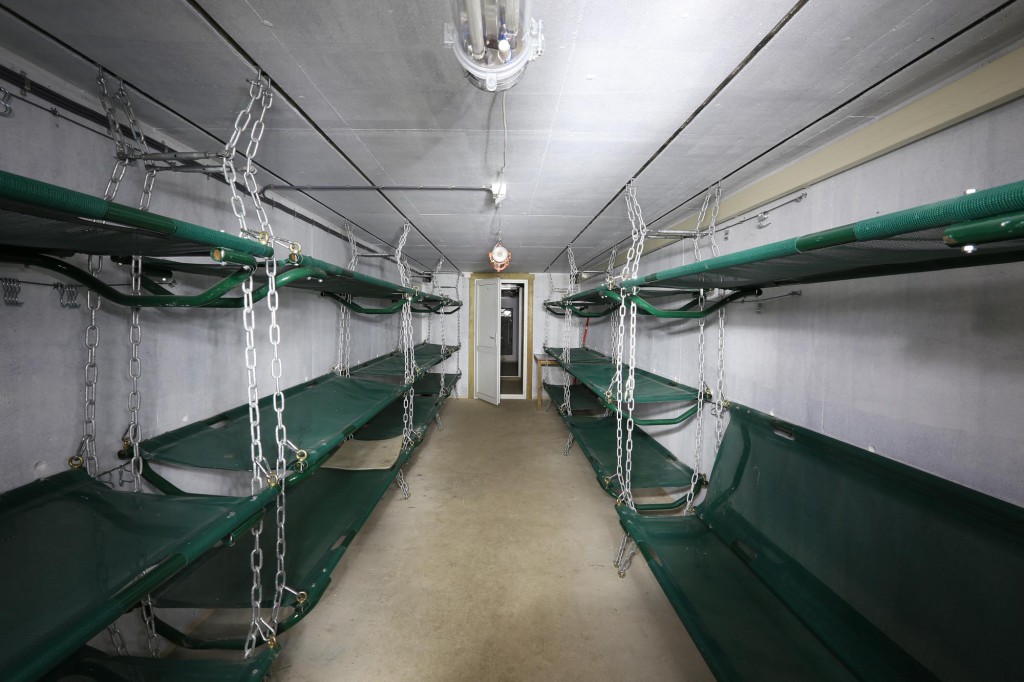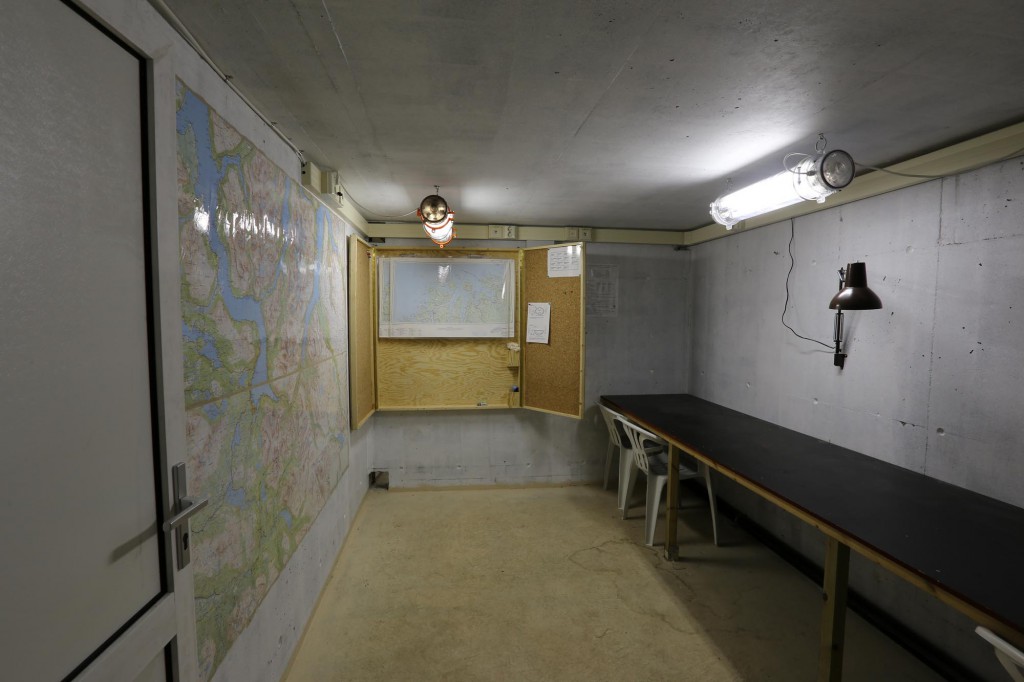Trip report 8-12 july 2015
Link to
9 july
10 july
11 july
12 july
12 enthusiasts from Sweden and UK met on Arlanda in the afternoon of 8 july. Some traveled for 30 minutes, myself in car for 5 hours, six from the UK and one Swede had to wait for four hours at Arlanda. The 12th, a Swede had a short connection and was also delayed incoming so we had to wait in the plane for him and 17 others from Gothenburg.
The flight up to Kiruna is a 1½h trip where it is possible to see remains from the cold war Swedish air-force – weather permitting that is. Today we had bad weather with low clouds so no luck with spotting airbases.
On approach to Kiruna airport we got below the clouds when the captain pulled up again and did a right bank and then landed safely from the north, where the airport has ALS.
After this double delay we got the three cars out fairly smoothly and headed into the Swedish Lapland area, with the first goal being the Abisko tourist station. En route it was a longer roadwork with a red-light in the middle of no-where that amused us, and delayed us a bit more…
After arriving at Abisko we had a quick look at the border-defence musuem, highlighting some of the effects of this part of Sweden being so close to the battles around Narvik and the important iron-ore export to Nazi Germany from Kiruna to the port in Narvik.
Skies cleared a little while having dinner at the tourist station and we headed into Norway around 9pm, but with light as in the middle of the day – as further into Norway we came skies cleared and the midnight sun appeared.
Thursday 9 july: After a good breakfast and gettting snacks for lunch we headed out to Trondenes for the majority of the day. Here are not only the biggest surviving gun in the world preserved – but four of them. With the impressive 40,6 cm diameter gun Barbara and her three sisters could fire shells of up to 1030 kg. A lighter shell of 600 kg could be fired 56 km!
As can be seen below it is possible to crawl through the barrel. This was also practice to do when the gun was operational.
After an extensive tour of Barbara, the museum gun, we continued to the command-bunker and had the opportunity to go inside as one of the first groups ever. This was the major command-bunker for the 40,6 cm battery. After the war it has been a communication buker for the Norwegian army and therefor not able to take visitors before.
We then headed back to Barbara for an extra show that I had asked for – the gun should be moved. The day before it had been posted on Facebook and quite a few from the garnison turned up for this occasion. Two ordinary groups were treated to this special event, with the majority probably not knowing how rare it was. Over a month later I run a tour in Sweden and one of the participants said that we met in Norway this summer – he had been on one of those shows!
To close the visit at Trondenes we spent another two hours on gun #3, almost fully intact as well but not turned into a museum.
To a high degree the building of the fortress were made by Soviet POW’s, the camp beeing close to the church at Trondenes.
After this extraordinary hours we took the cars via the two car-ferries out to Sandsoy where we were greeted buy the owner of the Sandsoy fort. This fort with four guns and a central spine system were put up in 1962-64 and used for the outer defence of the northern fiord leading into Narvik. Even if the guns were old (M/1934) a modern radarsystem made them operational, at least in full service until the modern 12 cm systems at Meloyvaer and Nes were put in service in late 1980’s – early 1990’s. After ending the service and before being sold to a civil owner NATO/Norwegian army made blast-tests in the tunnel-system, to see how modern weapons treated blast-doors, concrete and rock-structures. Similar tests has been done in Sweden but then on test-ground facilities.
Sandsoy has a dence population of Moose and after exploring the fortress part of the group set out on Moose-spotting and finally we managed to see one. After the return I went to look for the casemates from the outside and coming up a hill I ran into another moose – and with the camera set on slow-shutter for bunkerphotos the picture got very blurry!
Friday 10 july/: After an early breakfast to catch the 0805 ferry further out in the bay we took the cars out to Bjarkoy.
At the harbour we were picked up by Valhall resort on Krottoy and the boatride out was in a 12-seater RIB, doing around 45-40 knots. Battery Meloyvaer was the last of the three Norwegian 12 cm system bought from Sweden. The battery were finished around 1989 and only in service until 2002. Mothballed until around 2012 when the other two batteries were dismantled and also two of the guns in this battery. The guns were monitored and controlled from a master measuringstation, in a five story bunker. A radar close by and laser rangefinders took care of the positioning of targets. All three guns could fire on individual targets at the same time and around 20 more could be stored in the computers. If that failed the chied of the gun could fire the gun as a isolated unit, with help from a periscope and laser rangefinder in the turret.
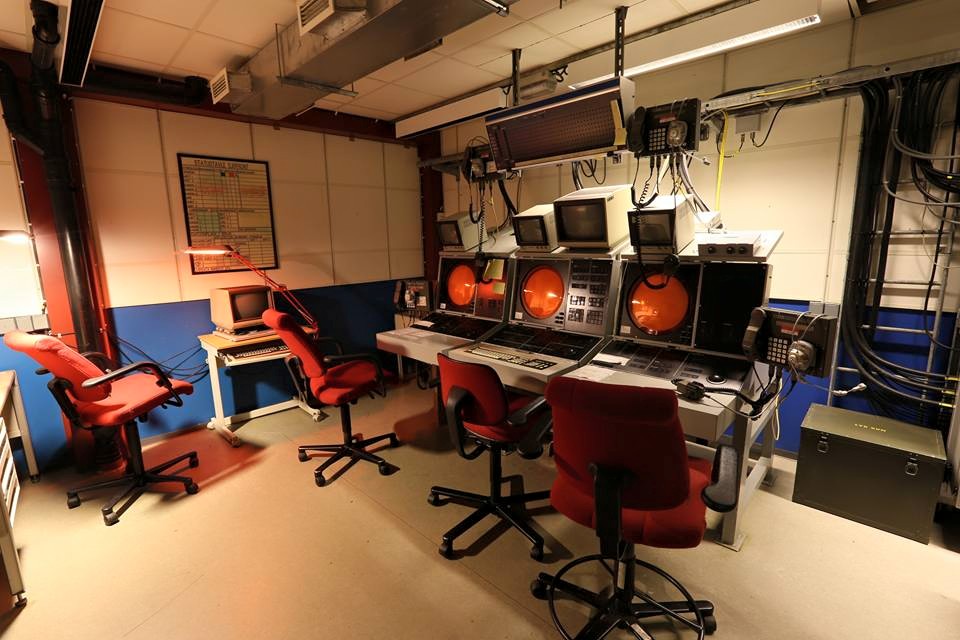
Inside the only preserved measuringstation in the world from this system. This is the measuring system controlling the guns.
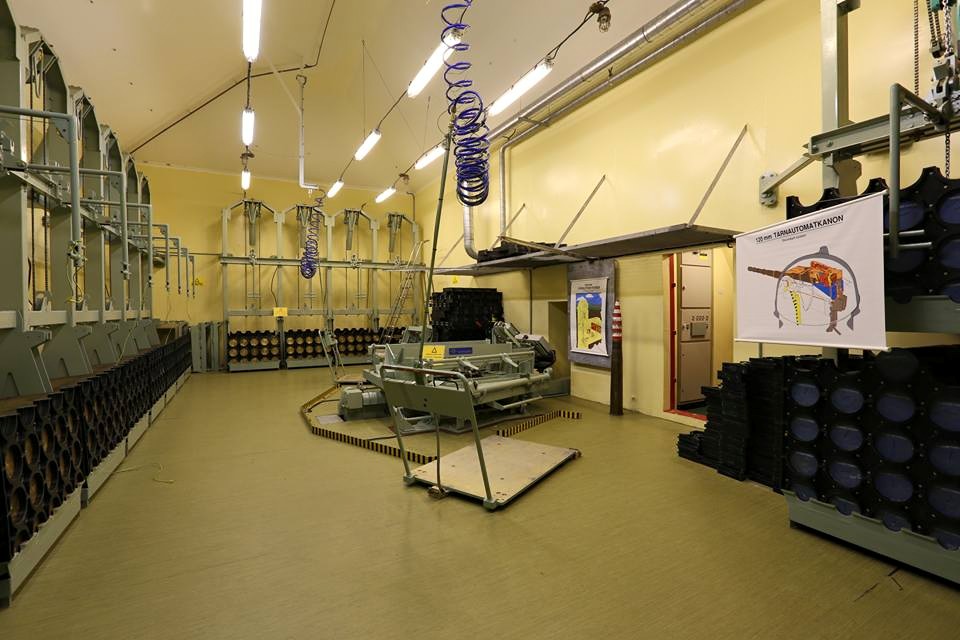
Ammunition store in the preserved gun. 800 rounds in the room, which is almost identical to the Swedish guns.
It was a very good day on Krottoy, with a good lunch and good weather as well. The trip back on the RIB took another path, going through shallow waters, wreckages and bird mountains.
After this batch of Norwegian outer archipelago we headed back the two ferries to the mainland and headed to the small village of Bjerkvik for beer and dinner.
Saturday 11 july: While the Swedes (apart from the tour-leader) stayed in bed the remaing seven set off at 05:00 to visit the wreckage of the german destroyer Z2 Georg Thile. A to some part slippery path took us way up to the wreckage that had been there for more than 70 years.
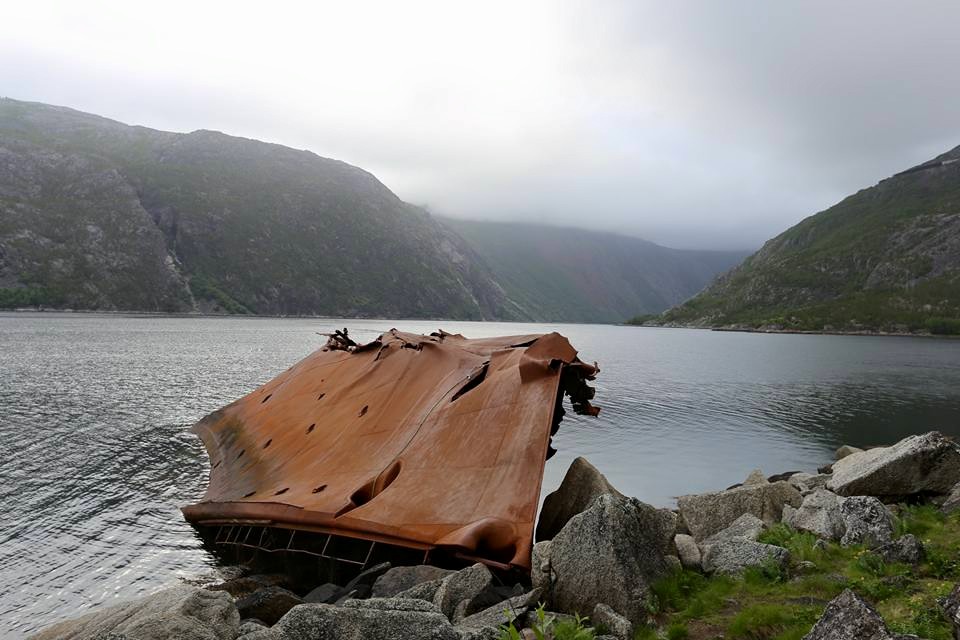
The 119 meter ship was run ashore by the captain after the ship beeing wounded in battle on the 13th april 1940. Later capsized.
We got back just in time for breakfast and check-out for a longer drive up to Tromso. Offical program was to look at Bardufoss airport and then head to the Tromo coastal artillery museum and then out to where Tirpitz sunk. I had already at dinner last night hinted that torches and empty memory-cards should be good to have, I had a suprice coming up!
Some 30 minutes before Tromsö we headed out on a peninsula and ended up at Olavsvern navy-base, the 2nd largest navybase in mountain in Norway. The other is in Bergen. With one dock and numerous storages for ammunition and fuel it is hidden way in the Norwegian fiords but still with a massive depth outside so even submarines can go close to the opening submerged.
After almost five hours below ground we headed into Tromsö and drove under the city that is situated on an island with an extensive network of tunnels under. Outside Tromsö is the sinking site for Tirpitz, where the No. 9 and No. 617 (”Dambusters”) Squadrons of the RAF finally sunk her on the 12th November 1944. With the Tallboy bombs they got a few direct hits and a few near-hits that made Tirpitz to turn around. Nothing can be seen of the ship, who to 100% were cut up and sold after the war. The platform for that work on the other hand is still there and more distinct the craters from the Tallboys, that clearly can be seen 70½ years later.
The day, once again ended around midnight, after a great meal on a Chineese restaurant in downtown Tromsö.
Sunday 12 july: Last day with around 400 km travel through three coutries. We started after breakfast with a 1h trip to the Froy defence line further north. This was the place that should stop the Soviet invasion, both in the German days (Lyngen-line) and the cold-war Norwegian days (Froy-line).
With the Soviet border some 200 km north-east this was to be the stop for an invasion. Olavsvern was hidden in the deep fiord SW of Tromsö, protected by mine-lines and torpedo battery further out. East of the Lyngen fiord it is very close to Finland (and Sweden) and no roads except the E6 road going towards Soviet. In that area the defence line with around 300 pillboxes, tank turret bunkers and command posts were positioned, with the main command post behind the line. With an invasion coming the E6 road to the south, there were smaller defence nests and road blow-up points along the eastern Lyngen fiord, along with army and infantry troops. On the western side of the fiord there were the two 75 mm batteries along with numerous fixed and movable artillery guns, firing over the fiord on to predefined points.
The command post itself is a complex system of tunnels with defence nests and a interior command post with shelters inside the bunker that could be pressurized quickly.
[embedyt]http://www.youtube.com/watch?v=BwfhVYsY2qQ[/embedyt]
Extra things that happened:
Numerous red-lights and road works with convoy drivning the first night to Harstad.
The two military guards escorting us at Trondenes not only lifted Clair into the barrel, they also did push-ups hanging from the gun.
One camera lens left behind for a while in the 12 cm gun.
A telephone was lost for a few hours in a survival RIB overall.
A very drunk Finnish guy was spotted on the E8 walking barefooted all over the road.
It almost became a nature-trip with raindeer, moose, porpoise, bird-mountain.
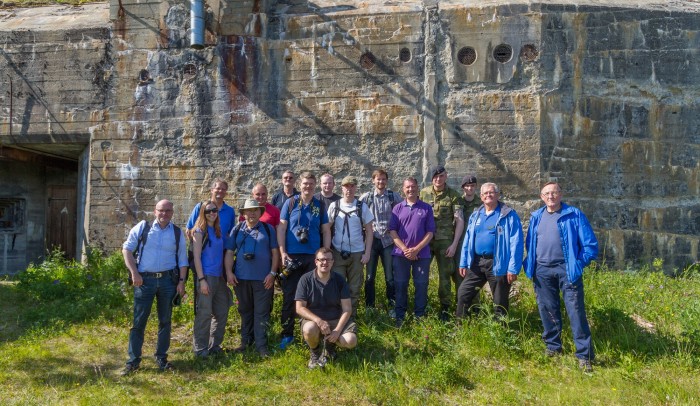
![Screenshot_2015-07-14-23-01-43[1]](http://www.bunkertours.se/wp-content/uploads/2015/07/Screenshot_2015-07-14-23-01-431-169x300.png)
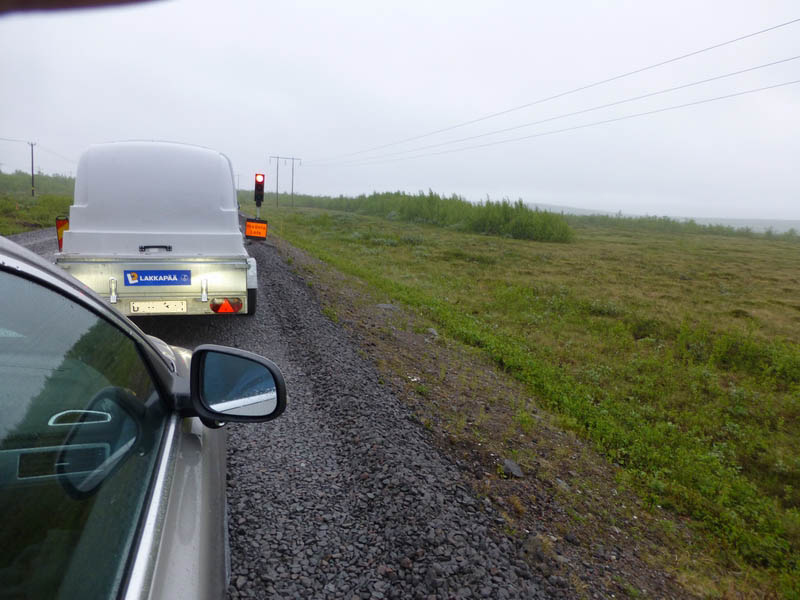
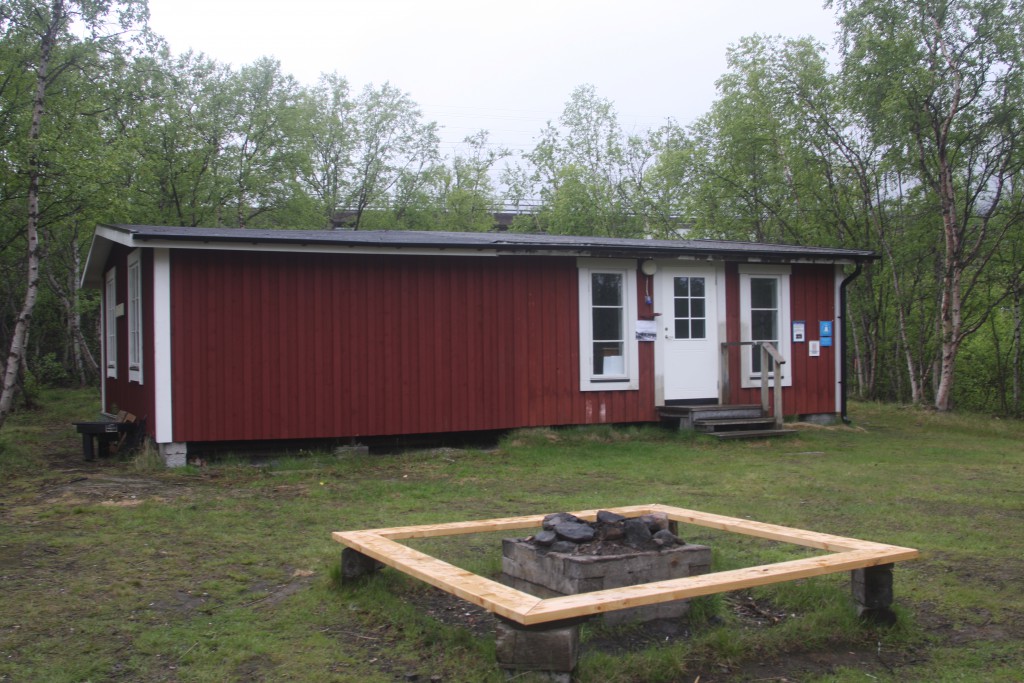
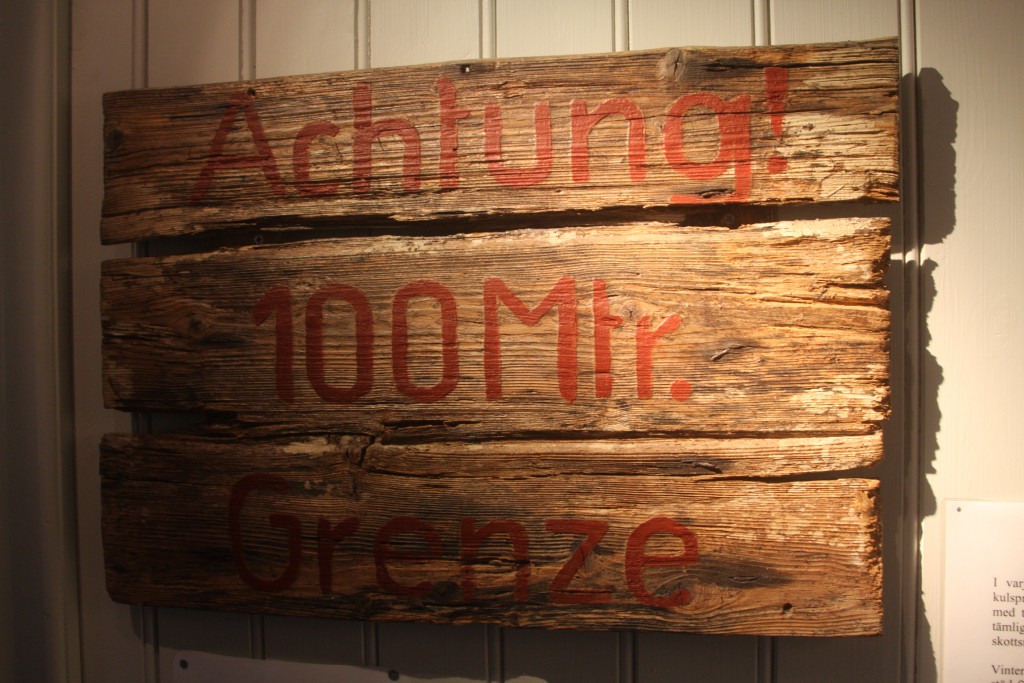
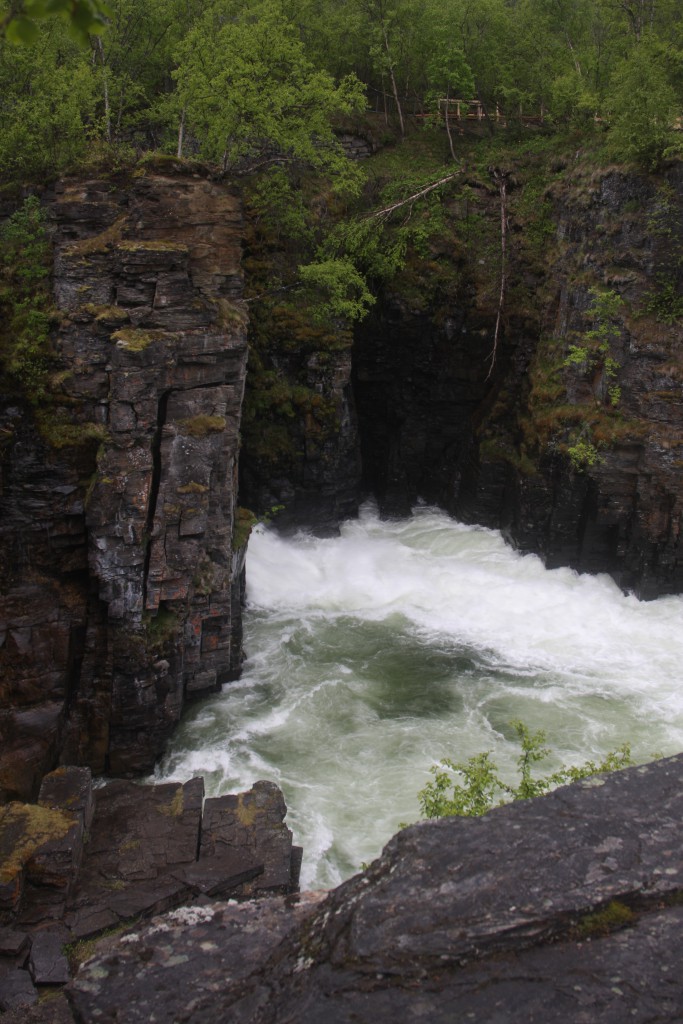
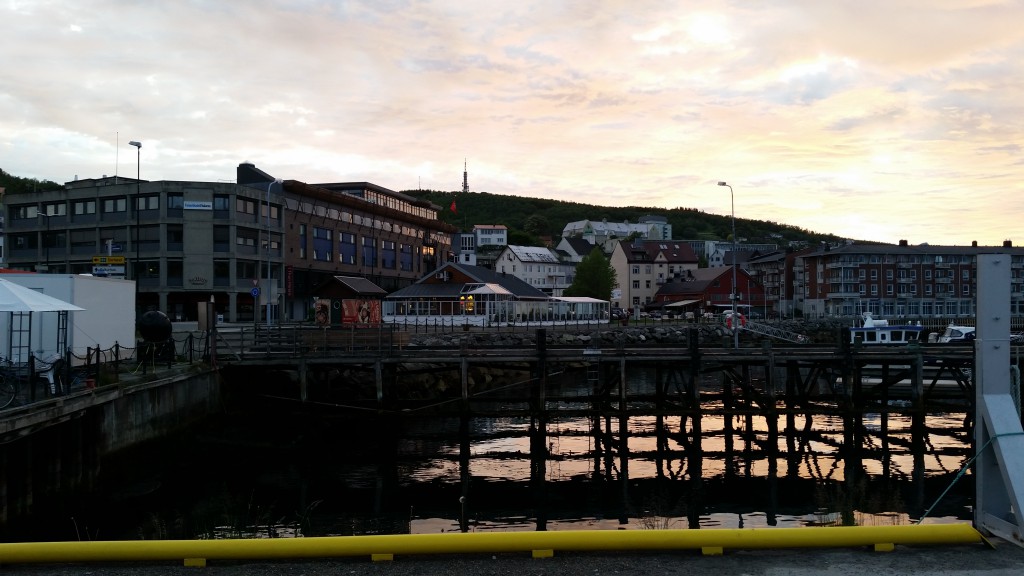
![20150709_001059[1]](http://www.bunkertours.se/wp-content/uploads/2015/07/20150709_0010591-1024x576.jpg)
